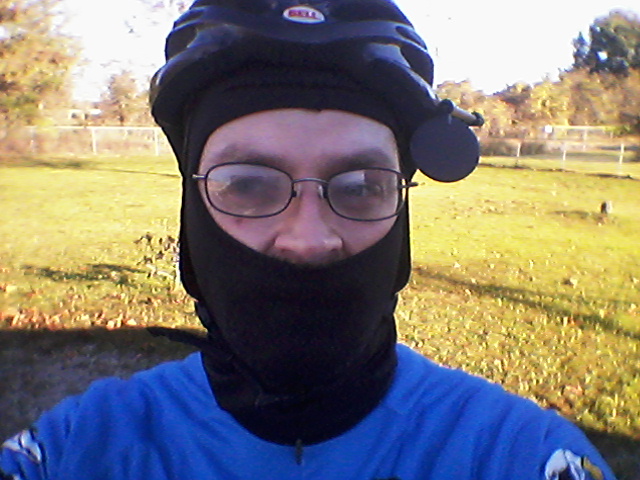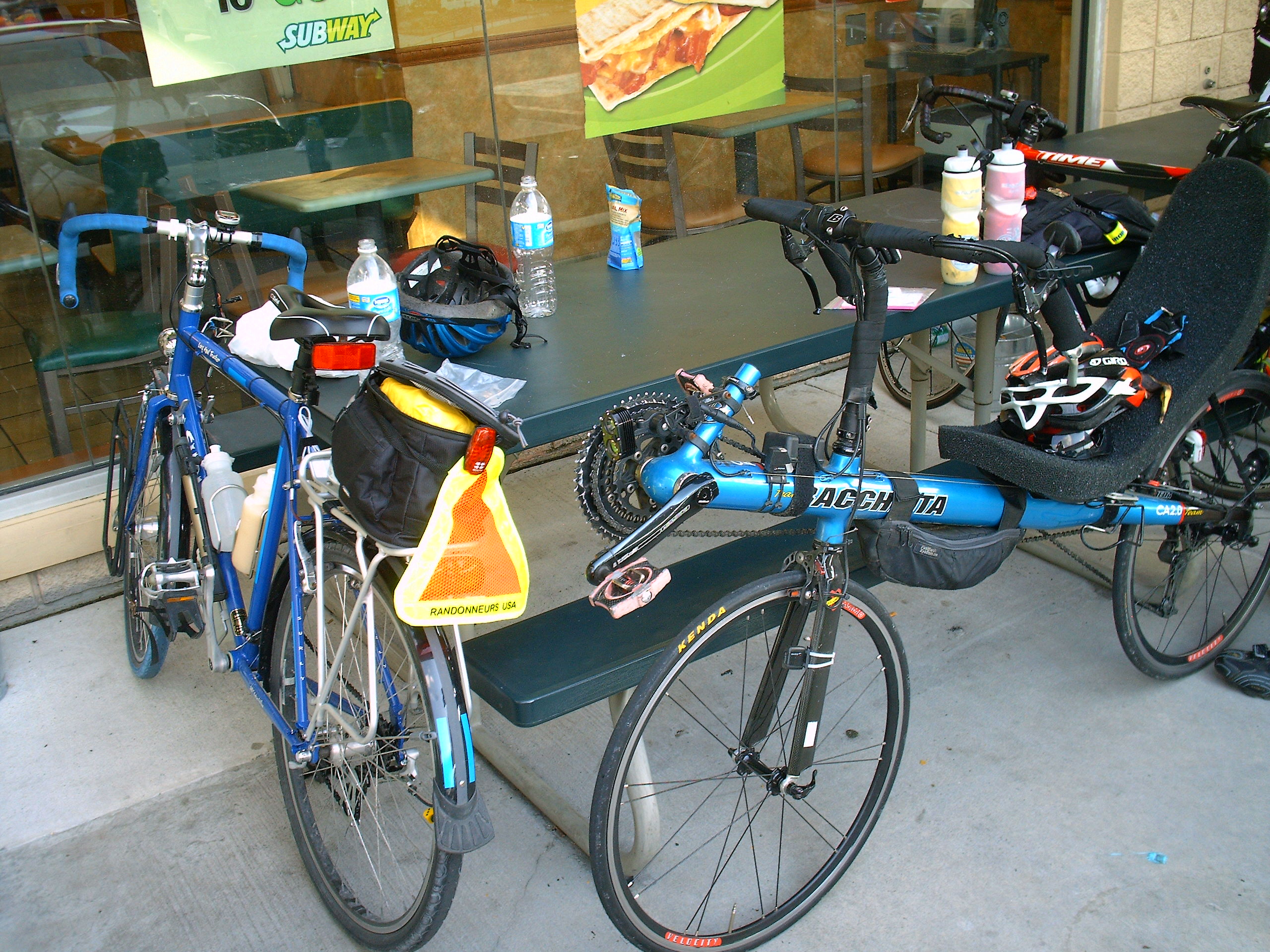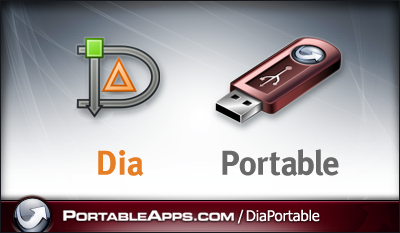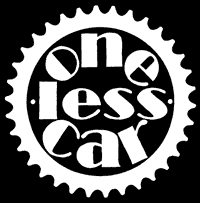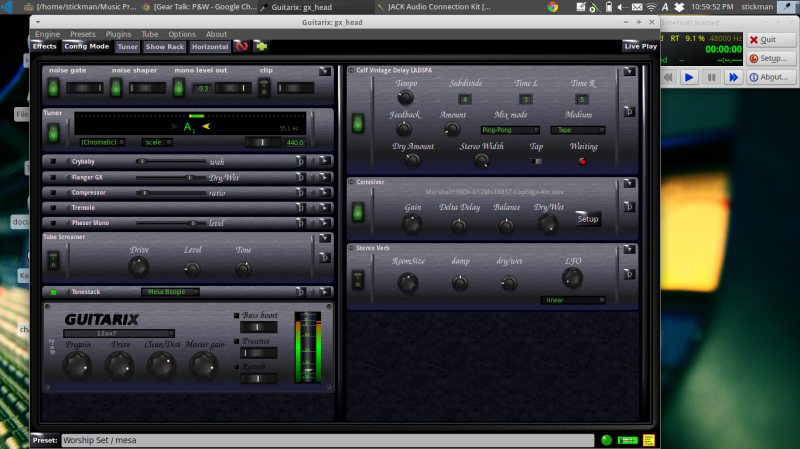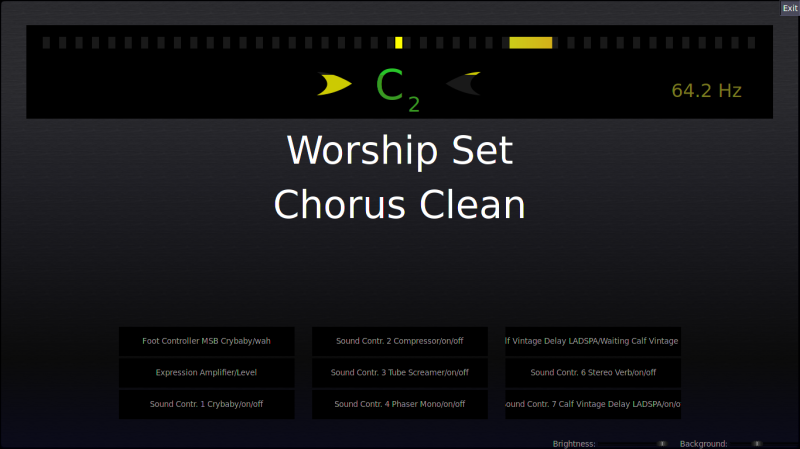Since stumbling across several old video games from my DOS days (think pre-1995) I’ve decided to fire up a few of them and offer up some fun reviews of games that were made before many of you and gadgets at https://progamerreview.com/best-gaming-keyboard/ were even born. These games, in some way or another, shaped the gaming industry into what it is today. They were the birth of the PC gaming industry, when Atari and Nintendo had been dominating people’s living rooms for over a decade.
I can remember playing my first networked multiplayer games in 1993, when Doom and Descent came out. There weren’t Cat5 ethernet cables back then, everything was 10-Base2 running on Coaxial cable with BNC T’s and terminators. TCP/IP hadn’t become the standard yet, either, so everything ran Novell Netware and used IPX addressing (instead of TCP/IP addresses that everything uses now). The hardcore guys would either play point-to-point on dialup modems, or drag their computers to a friend’s house and use a null-modem cable to simulate a phone line. We’re talking back in the days before Pentiums were invented… the first PC I played Doom on was a 386dx clone, running at 33Mhz. I think it had 2MB of RAM. We’re talking before PCI slots were standard. Just think about that for a minute. A 28.8Kbps modem was all you could get then. Let that sink in. Continue reading “New Feature: Retro Game Of The Month”



